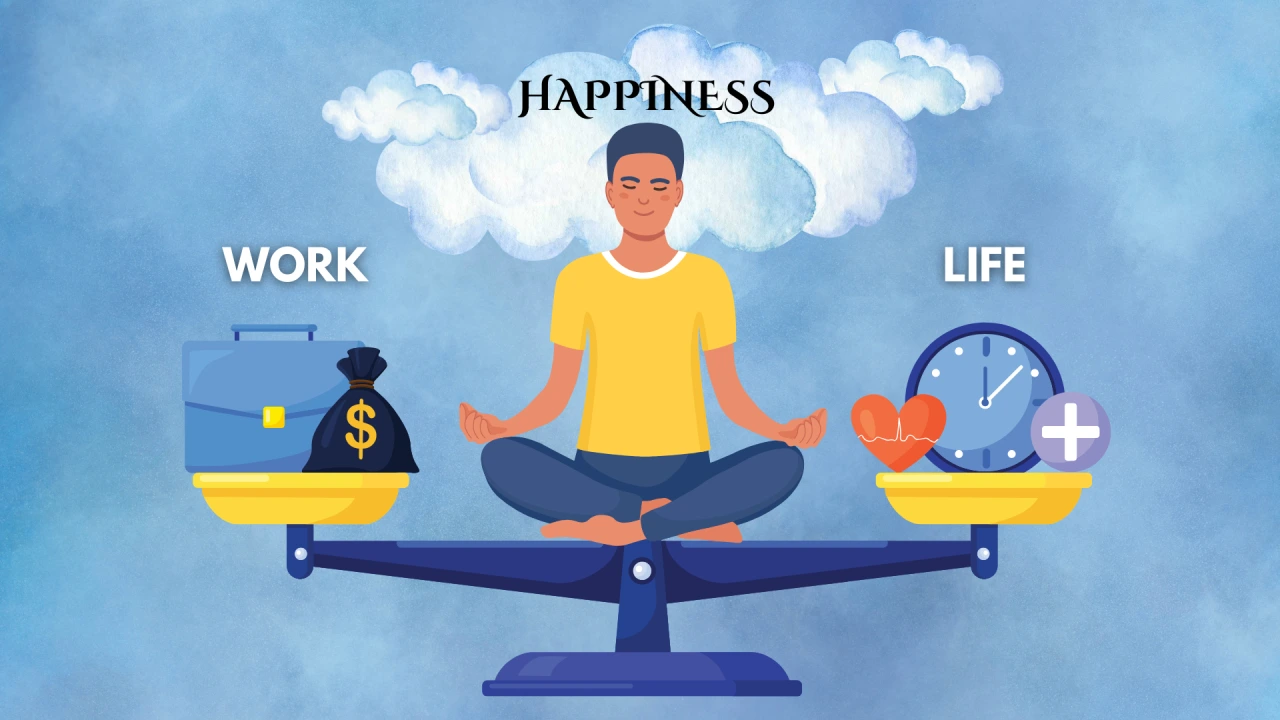
I have always advocated that employee work-life balance goals should not impact work productivity. Achieving work-life balance is essential for overall employee well-being and critical in sustaining enterprise success and increasing employee happiness.
I also emphasise that businesses and others should not perceive employees seeking work-life balance as complacent. It is, therefore, critical for enterprise management to ensure that stakeholders do not misinterpret the work-life balance mantra. Work-life balance should be embraced holistically, without any concerns that such policies conflict with workplace productivity.
Globally, there are many misconceived notions, especially post-COVID-19, with raging debates about work-from-home policy and blended workplaces. Some view this as employees’ unwillingness to go the extra mile in the workplace, but these are unfounded myths.
However, the moot question is, when taking up a job, do people align their personal and career priorities with their chosen profession or role dynamics? It is essential to map these to their abilities. Often, there are conflicts between priorities, and at times, health or physical limitations may also pose challenges.
Choosing a career that is incompatible with personal or professional goals can be a lifetime handicap, ultimately impacting productivity as well as the work-life dynamics. My advice is to opt to rise above, pursue intellectual challenges, and develop skills that may eventually help in finding your new desired passion.
Stepping out of the comfort zone and embracing a new role with the right mindset will surely enhance productivity and meet work-life goals. Recent data from Gallup highlights high levels of employee dissatisfaction at work. Globally, about 85% of employees are either disengaged or actively disengaged in their roles, indicating discontent and a lack of connection with their jobs.
Additionally, only around 13% of employees worldwide feel engaged and enthusiastic about their work. While not all disengaged employees are necessarily in the wrong-fit roles, this lack of engagement can indicate a misalignment between the individual and their job.
Recognising this challenge, we at EFS have worked to realign employees’ goals with organisational objectives as part of our annual goal-setting process.
In doing so, we support employees in incorporating a personal, professional, and functional matrix to ensure comprehensive alignment with our company. This exercise primarily focuses on assisting employees align their personal goals—such as health, family, and finances—with professional objectives like continuous learning and workplace performance KPIs
Another critical factor is individual skill competency. Lacking specific skills can increase work pressure, but are employees mindful of this? Skills such as effective communication, collaboration, which is a people trait, and digital proficiency can significantly impact workplace productivity. Often, employees or companies overlook these skill gaps, leading to perpetual discord.
Therefore, ensuring that individuals align their goals with relevant competencies to achieve the desired productivity is essential to meet the objective. How can we accomplish this at the employee level? Fundamentally, the workplace needs adequate checks and balances to ensure that talent acquisition and work dynamics are strong enough to support employees in reaching their ideal work-life balance.
It’s not rocket science for employees, but a critical approach can significantly enhance their workplace happiness, productivity, and self-esteem. Besides selecting the right job, as discussed earlier, there are a few do’s and don’ts to consider.
Set realistic goals
Ensure your work-life balance goals are achievable and aligned with workplace needs. It’s important to note that overcommitting without taking regular breaks can strain your physical and mental capacity, leading to burnout and negatively impacting productivity.
One can set a timing regime in line with workplace rules, as deviations can otherwise be seen as an abrasive act that could conflict with intrapersonal work ethics or teamwork. Establish specific work hours with breaks that help balance work and personal time and allow for adequate recharge.
Prioritise Tasks
Prioritising between urgent work and daily or weekly assignments while keeping an eye on completion dates helps distinguish what is urgent from what is essential. Setting priorities can lead to improved productivity. Applying project management principles to individual tasks by bundling them can also be beneficial.
Flexible Work
Flexible working may be an option, depending on the nature of the business. However, these options may not be appropriate in roles where collaborative work is essential, such as in factories, assembly units, or field-based work.
It is necessary to ensure alignment with enterprise policy. If applicable, collaborate with supervisors and colleagues to explore flexible scheduling options for remote work. This approach can help accommodate personal needs while maintaining necessary productivity.
However, it’s important to note that this requires a collaborative effort, ensuring everyone is aligned, not creating inconveniences, and being willing to support others when managing critical timelines.
Leverage Technology and practical professional skills
Use productivity tools and apps to streamline tasks, manage time effectively, and track work and if any, personal commitments.
Continuous Self-reflection.
Periodically assess your work-life balance and productivity levels. Adjust your strategies to find what works best for you and your work.
By following the measures above, one can build a work-life balance that supports, rather than detracts from, employee workplace happiness goals.